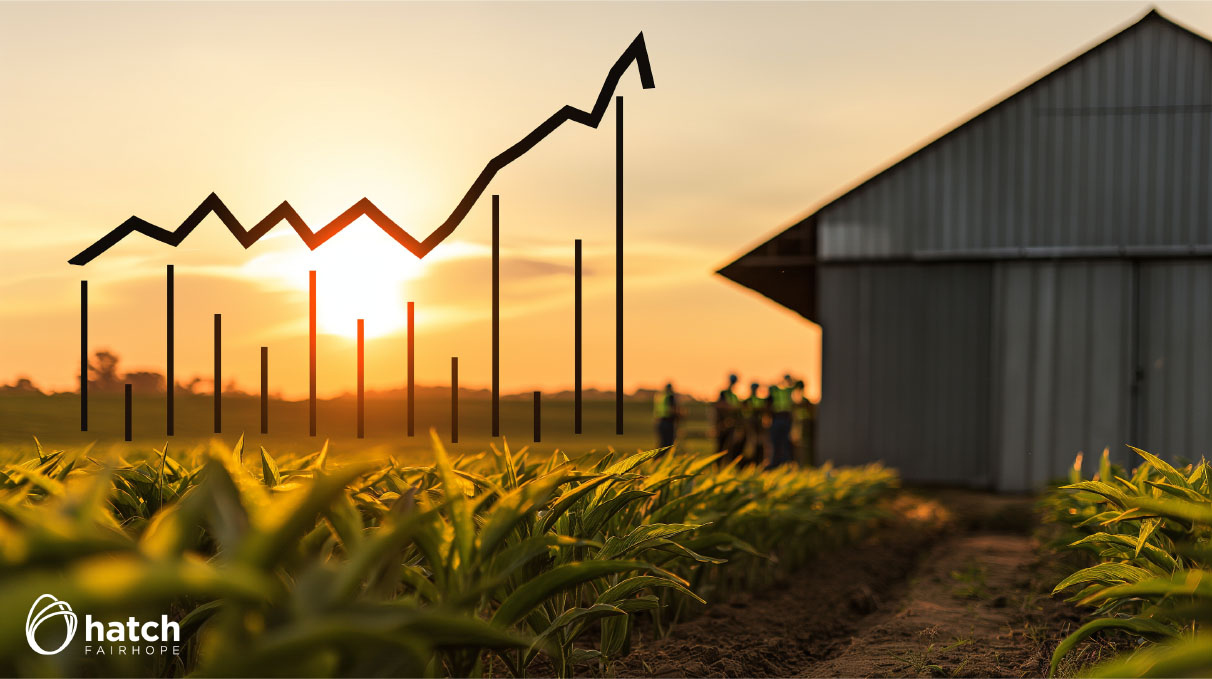By Kai Gray, CEO ESG Motive
With 20+ years of senior executive experience at some of the most innovative Technology companies, including Yahoo!, Carbonite, and Western Digital, Kai Gray learned first-hand that markets move fast. Kai Gray leads Motive in navigating the rapidly-evolving frontier that is ESG.
The Green Economy Cycle: How Novelis’ $4.1B Investment Proves Sustainability Pays Off
Ever wondered if all this talk about sustainability actually creates real jobs and economic growth? I sure have. That’s why the Novelis story caught my attention—it’s not just theoretical; it’s happening right in our backyard.
Novelis is nearing completion a $4.1 billion aluminum plant in Bay Minette that will create 1,000 jobs paying an average of $70,000 annually. That’s $65 million flowing into our local economy every year. But how did this massive investment come about? It’s actually part of a fascinating economic cycle that starts with something simple: consumer demand.
The numbers tell the story. About 84% of consumers now want more information about brands’ social and environmental values. This isn’t just feel-good chatter—it translates to real spending power, with the US sustainability market hitting $150 billion.
Companies like Novelis are responding to this shift. Their CEO, Steve Fisher, put it plainly when he said they’re making “a demonstrative commitment to continue to grow alongside our customers and meet their needs for low-carbon, highly sustainable aluminum solutions.”
What makes this facility special? It’s designed to be net carbon neutral for direct emissions, run mostly on renewable energy, use recycled water, and operate as a zero-waste facility. This isn’t just environmentally sound—it’s economically smart.
Here’s where the cycle gets interesting. By focusing on sustainability, Novelis gained access to new funding sources. They issued a €500 million (approximately $588 million) Green Bond, tapping into the growing ESG investment market that now represents about $50 trillion globally. Personal investors are jumping on board too, with 62% now considering sustainability in their portfolios—up from 48% just a few years ago.
The ripple effects are substantial. Companies need expertise in this area, which explains the 228% increase in Chief Sustainability Officer roles at Fortune 500 companies. About 92% of businesses are now adapting their models to improve ESG performance.
Catalyzing Southern Alabama’s Innovation Economy
This isn’t just a win for sustainability—it’s a critical boost for southern Alabama’s innovation ecosystem. Baldwin County has been working to diversify its economy beyond tourism and traditional industries. The Novelis project represents exactly the kind of high-tech, forward-thinking investment that can transform our region’s economic DNA.
Think about it: these aren’t just any jobs. These are positions in advanced manufacturing, requiring technical skills and expertise that will help build our local talent pool. When major players like Novelis plant roots here, they bring with them not just jobs but knowledge transfer, supplier networks, and the potential for spin-off enterprises.
Our Region’s Chance to Lead
Here’s the thing about economic transformation—it doesn’t happen by accident. Southern Alabama stands at a crossroads. We can either embrace sustainability as a core economic strategy or watch as other regions capture these investments.
The Novelis project shows we have the foundation to become leaders in sustainable manufacturing. We have the space, workforce potential, and natural resources. But keeping this momentum requires intentional effort from our business community, educational institutions, and local government.
What if Baldwin County became known as a hub for sustainable manufacturing? What if our technical schools and community colleges developed specialized programs to feed talent directly into these emerging industries? The economic multiplier effect could be tremendous.
I sometimes chat with folks who see sustainability as some kind of charity case—something companies do to look good but that ultimately hurts their bottom line. The Novelis example flips that thinking on its head. They’re not building this plant despite sustainability concerns; they’re building it because of sustainability demands.
This virtuous cycle—where consumer demand drives company response, which enables investment and job creation, which then increases revenue while lowering capital costs—shows how environmental responsibility and economic prosperity can work together. One thousand families in Baldwin County will soon have very tangible proof of that.
What’s happening at the former South Alabama Mega Site in Bay Minette isn’t just good news for our community. It’s a real-world case study of how sustainability is becoming a central driver of economic growth, not an obstacle to it.
Isn’t that worth talking about?
